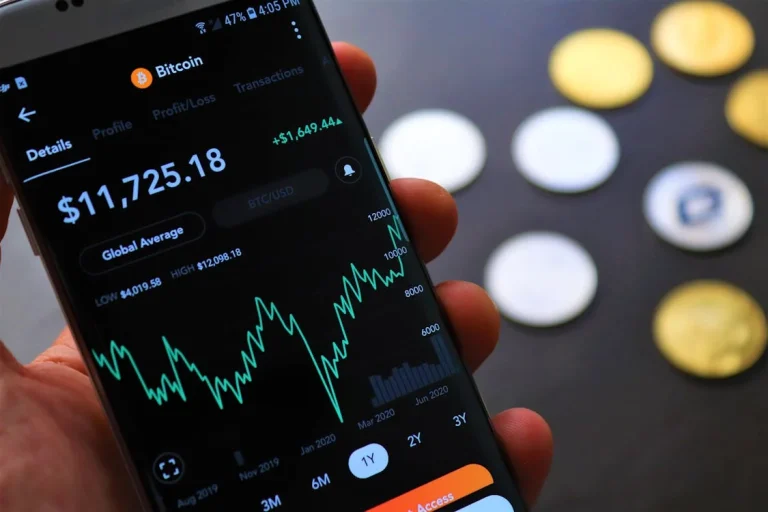Introduction
Leverage is a fundamental aspect of Forex trading, offering traders the ability to control large positions with relatively small amounts of capital. While leverage can magnify profits, it also significantly increases the risks involved. For traders to use leverage effectively, it’s essential to understand its role, benefits, and potential dangers. This article explores the concept of leverage in Forex trading, highlighting its advantages and risks while providing practical tips to manage it wisely.
What is Leverage in Forex Trading?
Definition of Leverage
Leverage in Forex trading allows traders to borrow funds from their broker to control a position larger than their account balance. It is expressed as a ratio, such as 1:10, 1:50, or even 1:500, indicating the multiple of exposure a trader can achieve relative to their initial capital.
How Leverage Works
For example, with a leverage ratio of 1:100, a trader with $1,000 in their account can control a position worth $100,000. This magnifies the potential for both gains and losses.
Key Terms:
- Margin: The amount of capital a trader needs to open a leveraged position.
- Free Margin: The available funds in a trader’s account to open new positions or sustain losses.
- Margin Call: A notification from the broker when the trader’s account balance falls below the required margin.
The Rewards of Using Leverage
1. Amplified Profits
Leverage allows traders to make significant profits even with small price movements. For instance:
- Without leverage: A 1% price increase on a $1,000 position yields $10.
- With 1:100 leverage: A 1% price increase on a $100,000 position yields $1,000.
2. Increased Market Participation
Leverage lowers the capital barrier to entry, enabling more traders to participate in the Forex market. Traders can control large positions without needing substantial upfront investment.
3. Flexibility in Trading Strategies
With leverage, traders can diversify their strategies by opening multiple positions across different currency pairs, thereby spreading risk.
The Risks of Using Leverage
1. Magnified Losses
Just as leverage amplifies profits, it also magnifies losses. A small adverse price movement can result in significant losses, potentially wiping out a trader’s account.
2. Margin Calls
If a trader’s account balance falls below the required margin level, the broker may issue a margin call, forcing the trader to deposit more funds or close positions at a loss.
3. Overtrading
High leverage can encourage overtrading, where traders open excessive positions, exposing their accounts to unnecessary risk.
4. Emotional Stress
The pressure of managing highly leveraged positions can lead to emotional decision-making, such as panic selling or overconfidence, which often results in poor outcomes.
How to Use Leverage Wisely
Tip 1: Start with Low Leverage
Beginners should start with low leverage ratios, such as 1:10 or 1:20, to minimize risk and gain experience without exposing their accounts to significant losses.
Tip 2: Set Stop-Loss Orders
Stop-loss orders automatically close a position when the price reaches a specified level, protecting traders from excessive losses.
Tip 3: Use Risk Management Techniques
Effective risk management ensures that no single trade can significantly impact your account balance. Key strategies include:
- Risking no more than 2% of your account per trade.
- Diversifying your positions.
- Using position sizing to control exposure.
Tip 4: Monitor Your Margin Levels
Always keep an eye on your margin levels to avoid margin calls. Maintaining a free margin cushion provides more flexibility to manage trades.
Tip 5: Trade with a Reliable Broker
Choose a broker that offers:
- Transparent leverage policies.
- Negative balance protection to prevent losses exceeding your account balance.
- Comprehensive risk management tools.
Understanding the Role of Margin in Leverage
Margin Requirements
Margin is the amount a trader must deposit to open a leveraged position. For instance, a 1:100 leverage ratio requires a margin of 1% of the total position size.
Margin Level Formula
Margin Level = (Equity / Used Margin) × 100
A margin level below 100% indicates that the trader’s equity is insufficient to sustain their positions, increasing the risk of a margin call.
Balancing Risks and Rewards
Assessing Risk Tolerance
Before using leverage, traders should evaluate their risk tolerance based on factors such as:
- Financial goals.
- Trading experience.
- Emotional resilience.
Implementing a Trading Plan
A trading plan helps traders manage leverage effectively by outlining clear rules for:
- Entry and exit points.
- Risk-reward ratios.
- Position sizing.
Continuous Learning
The Forex market is dynamic, and successful traders continuously adapt to changing market conditions. Stay informed by:
- Reading Forex news and analysis.
- Attending webinars and workshops.
- Practicing on demo accounts.
Common Myths About Leverage
Myth 1: Higher Leverage Equals Higher Profits
While high leverage can amplify profits, it also increases the risk of significant losses. Responsible trading involves balancing leverage with risk management.
Myth 2: Leverage is Only for Experienced Traders
Leverage can benefit both beginners and experienced traders if used wisely. Beginners should start with low leverage to build confidence and skill.
Myth 3: Brokers Always Offer High Leverage
Regulations in some countries cap leverage levels to protect traders. For example, in the EU, brokers can offer a maximum leverage of 1:30 for retail clients.
Conclusion
Leverage is a powerful tool in Forex trading that can magnify both profits and risks. Understanding how leverage works, along with its potential advantages and dangers, is essential for traders of all levels. By starting with low leverage, implementing robust risk management strategies, and maintaining discipline, traders can harness the benefits of leverage while minimizing its risks. Ultimately, successful Forex trading requires a balanced approach that prioritizes long-term sustainability over short-term gains.
